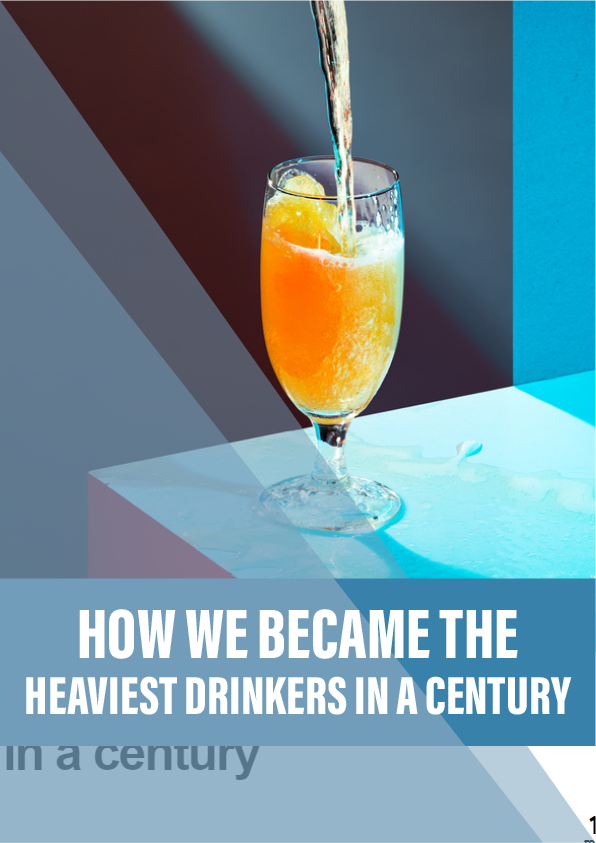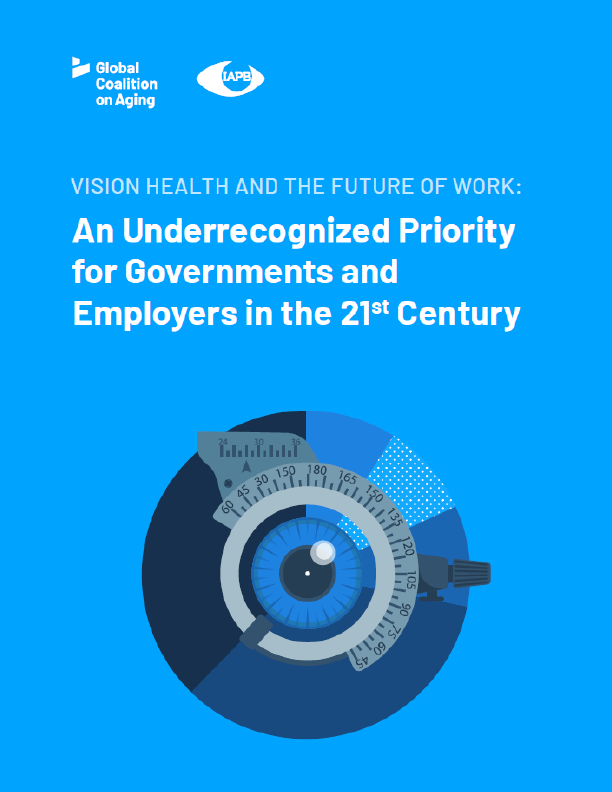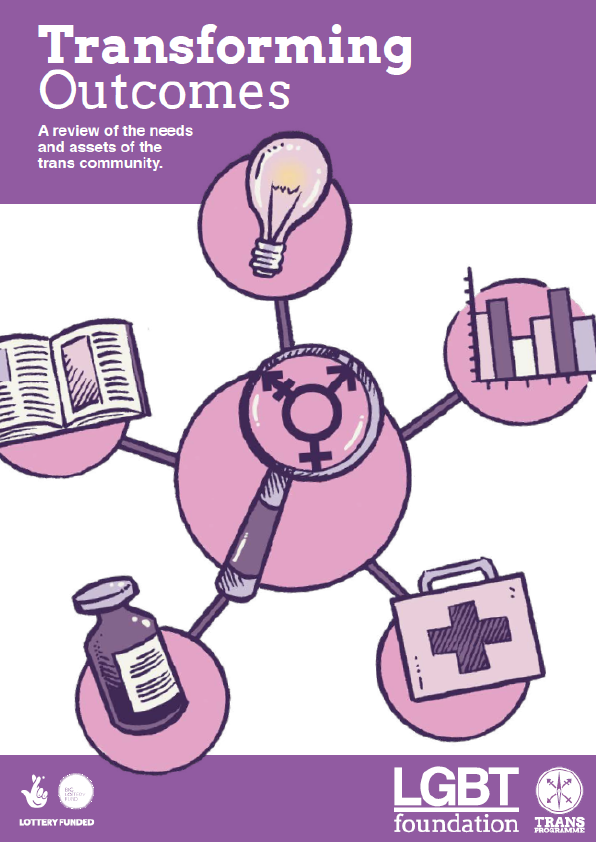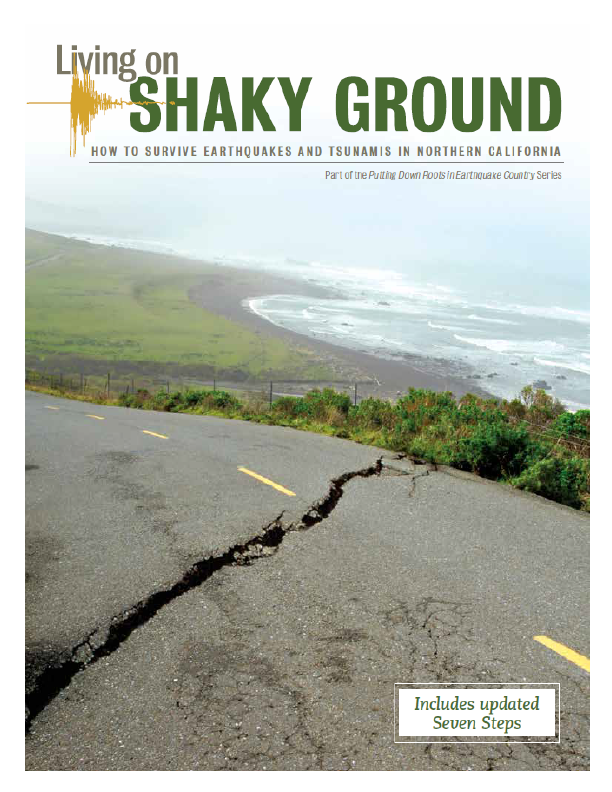Chrissie Giles on her generation’s climb to Peak Booze
I first met alcohol in the late 1980s. It was the morning after one of my parents’ parties. My sister and I, aged nine or ten, were up alone. We trawled the lounge for abandoned cans. I remember being methodical: pick one up, give it a shake to see if there’s anything inside and, if there is, drink! I can still taste the stale, warm metallic tang of Heineken (lager; 5% alcohol by volume) on my tongue. Just mind the ones with cigarette butts in.
Other times we’d sneak a sip of Dad’s Rémy Martin VSOP (cognac; 40%) when he wasn’t looking, even though we didn’t like the taste. It came in a heavy glass bottle that he kept in the sideboard. He’d pour himself a glass at night, the ice cubes clinking as he walked to his small office to make phone calls. On special occasions – family birthdays, Christmas lunch – we even got to drink legitimately: usually half a glass of Asti Spumanti (sparkling wine; around 7.5%), served in the best glasses.
In my mid-teens I started to drink drink. It was easy enough to get our hands on booze, even though it’s illegal in the UK to sell alcohol to anyone younger than 18. The bigger chain pubs checked IDs, so we stuck to the ones we knew to be less stringent. My older boyfriend would buy me Archers (schnapps; 21%) and lemonade in the pub opposite the supermarket where I worked on Saturdays. Trips to music festivals and birthday parties always involved booze, invariably in violently flavoured and oddly coloured forms. Standouts include Apple Sourz, a neon-green fruit liqueur with an ABV of 15%, and Hooch, a classic alcopop that looked and tasted like lemonade but was stronger than many beers.
Reference:
- Mass Observation: The pub and the people is a fascinating and detailed look at pubs in England in the late 1930s.
- The British Beer and Pub Association has UK alcohol consumption data from 1900 to 2013.
- Fiona Measham and Kevin Brain’s 2006 paper, ‘Binge’ drinking, British alcohol policy and the new culture of intoxication.
- James Nicholls’s highly readable histories of drinking and alcohol in Britain include The highs and lows of drinking in Britain and Wine, supermarkets and alcohol policy.
- Alcohol, Drinking, Drunkenness: (Dis)orderly spaces by Sarah Holloway, Mark Jayne and Gill Valentine explores the geographies of drinking, alcohol and drunkenness.
- The Department for Transport’s reported drinking and driving statistics.
- The Health & Social Care Information Centre publishes annual reports on alcohol in England.
- Information and guidance on alcohol and health from NHS Choices.
- Alcohol Research UK is an independent charity that funds research into alcohol harm, treatment, policy and culture.
- The Sheffield Alcohol Research Group conducts research on alcohol and other addictions.
- Read all about beer, pubs and cider on Pete Brown’s blog.
- Drinkaware, a charity funded by donations from the alcohol industry and supermarkets, gives information about alcohol.











